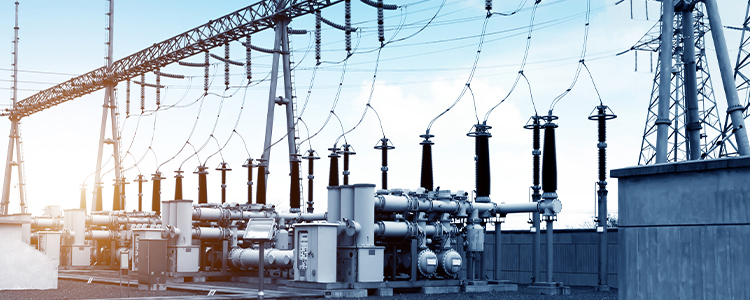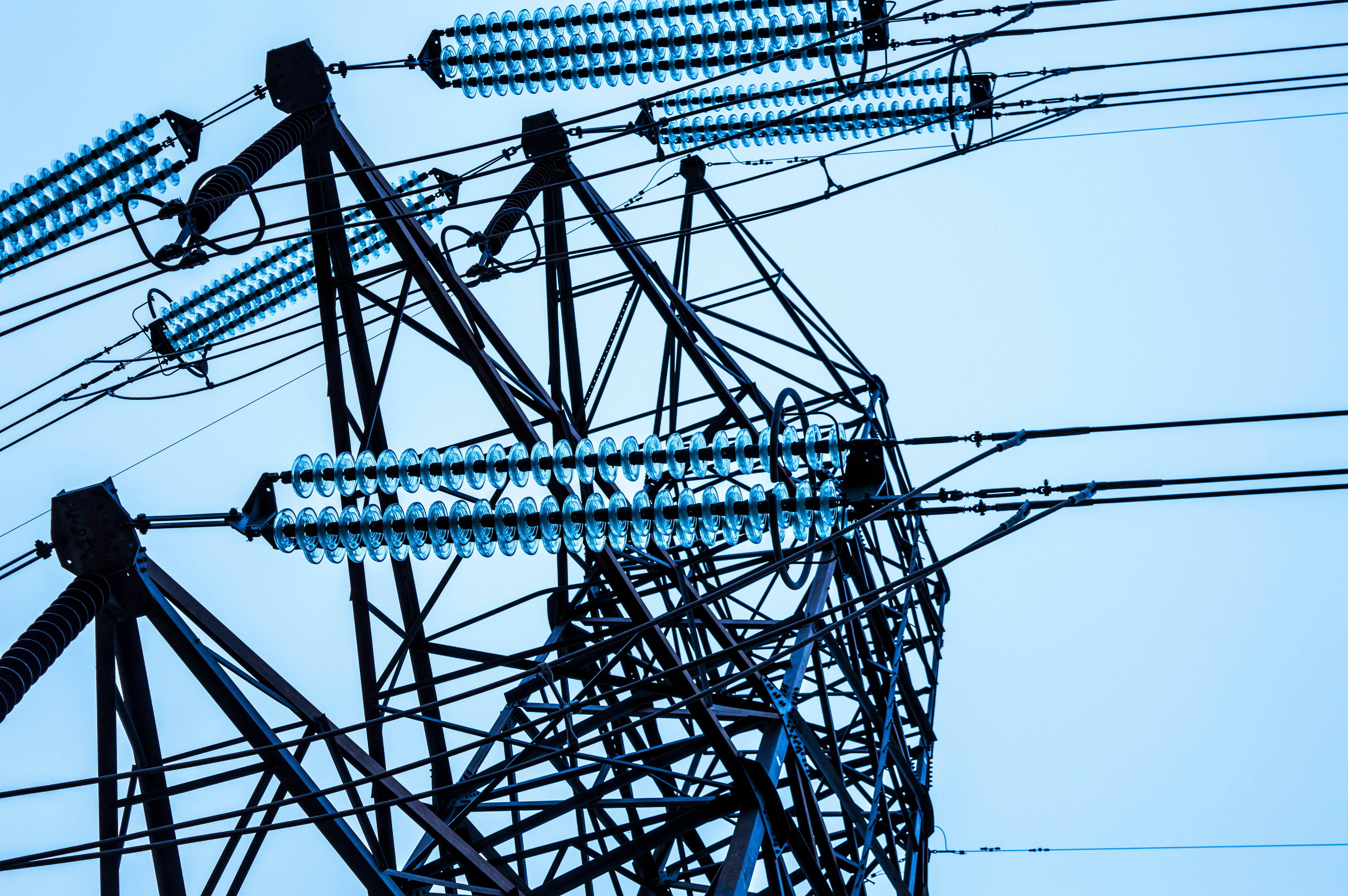- All
- Product Name
- Product Keyword
- Product Model
- Product Summary
- Product Description
- Multi Field Search


Views: 0 Author: Site Editor Publish Time: 2025-11-07 Origin: Site

As global energy demand undergoes a fundamental shift, understanding the market dynamics of pad-mounted transformers is a strategic imperative for industry leaders. Pad-mounted transformers, also called box type substations or transformer distribution boxes, have an important job in spreading power. They rest on concrete bases, locked up tight to deal with electricity in city and town spots. Picture them as the silent helpers that make sure lights stay on and gadgets keep going. With growing calls for steady power, this market is ready to get bigger. Numbers from fresh reports put the pad-mounted transformer market at around 6.12 billion USD in 2025. It should reach 8.04 billion USD by 2030. That means a solid growth of 5.6% each year. For power companies, builders, and energy planners, keeping up to date leads to smarter choices. We will check out what pushes this growth. We will also look at differences by area, changes in tech, problems with supply, and what lies ahead. If you work in this area or just want to know more, this quick look aims to make clear how pad-mounted transformers fit into our energy days ahead.
The pad-mounted transformer market is picking up speed worldwide. From cities expanding to new energy sources, demand for these units is climbing. Pad-mounted transformers, including 3 phase pad mounted transformers and box type substations, are essential for safe power delivery. They handle voltage steps down close to where people use electricity. This section breaks down why the market grows and where it's hottest.
Before diving into specific drivers, it's worth noting how these factors connect. Urban growth pushes for more power lines, while old grids need updates. Renewable projects add another layer, requiring flexible setups. Together, they fuel a market that's not just growing but evolving.
Urbanization stands out as a big push. Cities are getting bigger, with more homes and businesses needing power. In places like China and India, new neighborhoods pop up fast. This means more pad-mounted transformers to distribute electricity without overhead wires.
Next, global grid modernization plays a role. Many countries update old systems to handle more load and reduce outages. The U.S. alone plans to spend billions on grid improvements by 2030. Box type substations fit right in, offering compact designs that fit urban spaces. They cut down on power loss too, which saves money.
Renewable energy projects drive growth as well. Solar farms and wind parks need reliable connections to the grid. Pad-mounted transformers, especially advanced transformers, step in here. They manage fluctuating power from renewables. In 2024, renewable installations hit record highs, boosting demand for these units.
Urbanization: Over 4 billion people live in cities now, up from 3.5 billion a decade ago. This spikes need for underground power systems.
Grid Modernization: Investments reached 300 billion USD globally in 2023, focusing on efficiency.
Renewable Projects: Wind and solar added 510 gigawatts last year, each needing transformer support.
These drivers don't stand alone. They overlap, creating a strong pull for pad mounted transformer manufacturers.

Growth isn't uniform. Different parts of the world have unique needs and paces.
Asia-Pacific: The Engine of Market Growth: Asia-Pacific leads the pack. Rapid city building in countries like China and India demands more power setups. Pad-mounted transformers, including the American box transformers style, are popular here for their safety in dense areas. The region holds about 40% of the global market share. By 2030, it could add 2 billion USD in value. Governments push for clean energy too. China's 14th Five-Year Plan aims for 1,200 gigawatts of renewables by 2025. This means more box type substations to connect them. Challenges like typhoons call for tough designs, which advanced transformer makers provide.
North America: Focus on Infrastructure Replacement: In North America, the story is about fixing what's old. Many transformers date back decades. The U.S. and Canada plan to replace thousands. Market value here sits at around 2 billion USD in 2025, growing at 4.8% yearly. Storms and wildfires push for resilient units. 3 phase pad mounted transformers help in suburban grids. Policies like the Infrastructure Investment and Jobs Act pour 65 billion USD into power. This boosts pad mounted transformer manufacturers in the area.
Europe: Leading the Charge in Green Integration: Europe focuses on green tech. Countries like Germany and the UK integrate renewables fast. The market grows at 5.2% CAGR, reaching 1.5 billion USD by 2030. EU rules cut emissions, favoring efficient transformer distribution boxes. Wind farms offshore need reliable connections. Challenges include space limits in old cities, where compact box type substations shine.
These regions show how local needs shape the market. As we move on, tech changes are key to meeting these demands.
Technology in pad-mounted transformers is shifting quick. From smarter controls to greener stuff, new ideas make them better. This is not just about power. It is about trust and ease too. Pad-mounted transformers now have sensors for checks in real time. Let us look at the main shifts.
Smart technology is critical. Connected pad-mounted transformers use IoT to monitor health. A 3 phase pad mounted transformer with sensors can spot issues early, like overheating. This cuts downtime by 20-30%. In cities, remote access means quicker fixes. Companies add AI for predictive maintenance. For instance, data from thousands of units helps forecast failures. Box type substations now link to apps, showing load in real time. This trend grows as grids get digital.
Efficiency matters more than ever. New designs lose less energy, saving on bills. Advanced transformers use better cores, cutting losses by 15%. Sustainability means eco-friendly oils and recyclable parts. Regulations push this; the EU wants low-impact gear by 2030. Transformer distribution boxes now handle renewables better, with flexible voltage. In the U.S., efficiency standards rose in 2023, boosting demand for upgraded models.
Supply chains for pad-mounted transformers can be tricky. Raw materials like steel fluctuate in price. Competition is fierce among makers. Buyers need to know the landscape to choose well. This section covers hurdles and top players.
Understanding supply starts with global ties. Parts come from everywhere, so delays happen. But opportunities arise from new tech and partnerships.
Key Challenges and Opportunities for Buyers: Challenges include rising costs. Copper prices jumped 25% in 2024. Shipping issues add delays. Yet, opportunities exist in local sourcing. Buyers can pick pad mounted transformer manufacturers with strong chains. Customization is another plus; tailored 3 phase pad mounted transformers fit specific needs. Regulations offer chances too, like subsidies for green units.
Profiles of Leading Market Players: Top companies drive innovation. ABB offers reliable box type substations. Eaton focuses on smart features. Siemens provides advanced transformers for tough spots. GE handles large-scale projects. In Asia, firms like SHENGTE and Toshiba excel in efficiency.
SHENGTE stands out as a forward-thinking pad mounted transformer manufacturer. They produce high-quality units like the ZGS11 Pad Mounted Substation Transformer. This model, a solid transformer distribution box, suits urban grids with its compact design and Dyn11 connection for balanced power.

By 2030, the pad-mounted transformer market looks bright. Growth at 5.6% means more jobs and tech. Emerging areas like EVs and microgrids will drive it. Pad-mounted transformers will adapt to these.
The future links to big trends. Electric cars need charging, and distributed power changes grids. These areas show where the market heads.
The Role in EV Charging Infrastructure Expansion: EVs are booming. Sales hit 14 million in 2023, up from 6 million in 2021. Charging stations need power steps. 3 phase pad mounted transformers handle this, providing stable voltage. In the U.S., plans for 500,000 chargers by 2030 boost demand. Box type substations fit lots, hidden and safe. Advanced transformers manage peak loads from fast chargers.
The Backbone of Microgrids and Distributed Energy: Microgrids are small, local power systems. They use solar and batteries. Pad-mounted transformers connect them to main grids. In remote areas, they ensure reliability. Distributed energy spreads power sources. The American box transformers style works well here, compact and tough. By 2030, microgrids could add 10 gigawatts globally.
The pad-mounted transformer market sits at the intersection of urbanization, digitalization, and the global energy transition. Keeping ahead of these trends is key for power companies, project folks, and money putters. As the market changes, the focus will be on answers that not only give power but also bring trust, smarts, and care for the earth. Teaming up with SHENGTE, a forward-thinking manufacturer, will be vital. For those looking for quality pad-mounted transformers, please contact SHENGTE at juanie@shengtetransformer.com for tailored advice on your power needs.